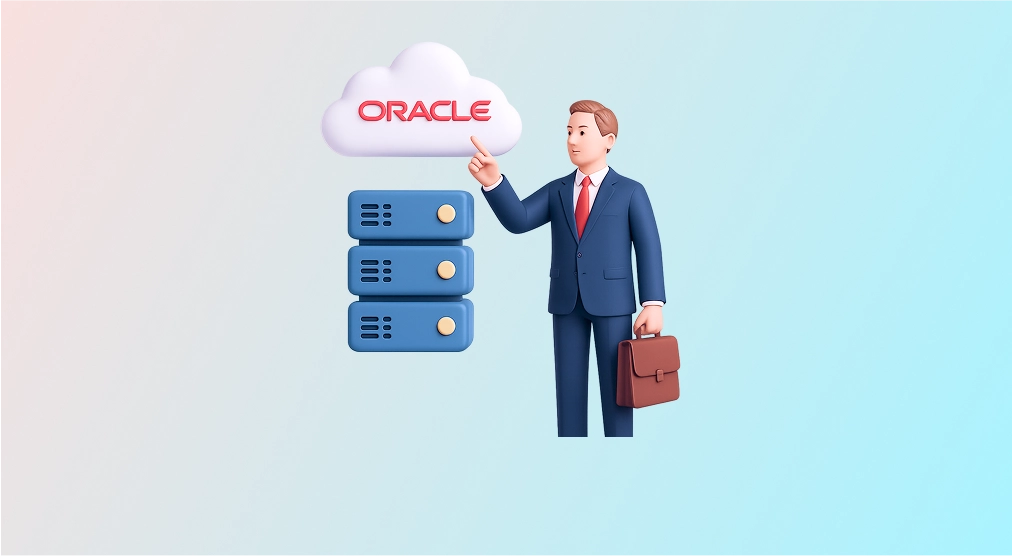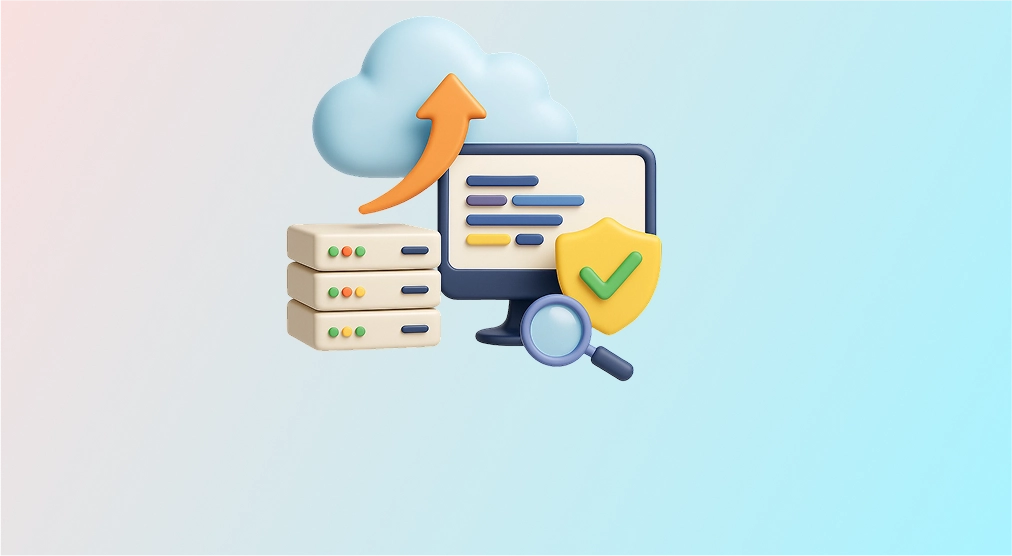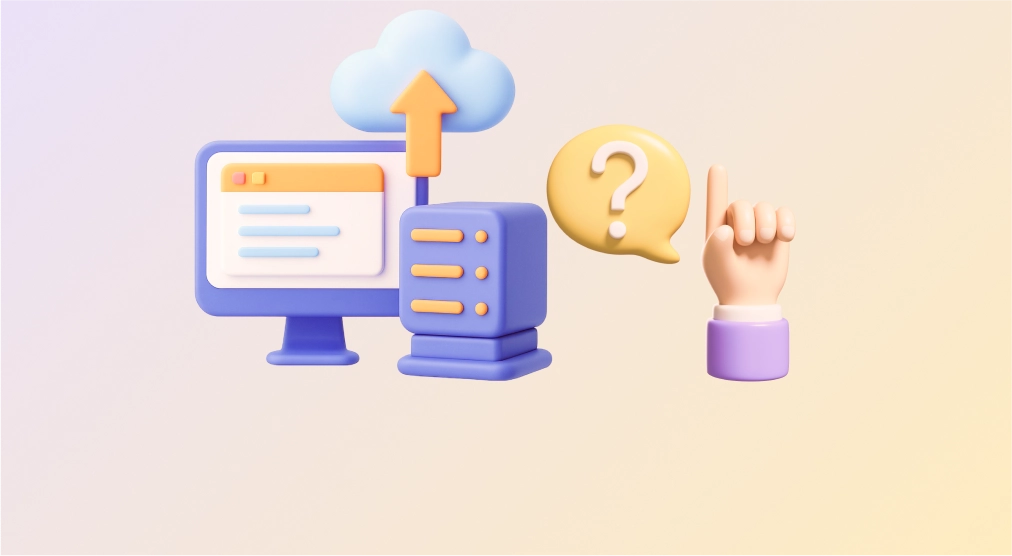The decision to move Oracle EBS to the cloud should be a no brainer
IT Infrastructure: The new technology frontier being tamed
The emerging technologies of yester years have made great advances in computing power and digital storage to address the business needs of today. Data storage, compute power, and fast networks continue to push the envelope of digital innovation. Storage cost has been shrinking in accordance with Moore’s Law. New computing technologies and methods continue to rise on the digital horizon with the ever-widening network bandwidth enabling the rise. These advances in technology have enabled IT infrastructure to scale up in capacity and capability, gave more control and flexibility in the hands of the user, and is begging to hurl the on-prem infrastructure to the cloud.
ERP applications – Moving the digital nest from physical data center to the cloud
Software is now ready to ride the new hardware horse. Hereafter, business applications do not have to be married to the computing hardware for certain size and capacity. There have been new waves of innovation in infrastructure capability that highlighted inflexibility of the on-premise IT infrastructure. Businesses can now take advantage of this new wave of innovation in infrastructure capabilities by adopting lift and shift of application stack to cloud.
However, most businesses are still catching up with Cloud Migration even as they realize that it is not optional but a must-do activity. Oracle has made it easier by offering OCI (Oracle Cloud Infrastructure) as an alternative to AWS and Azure clouds with its own ecosystem of Oracle database embedded into the cloud. OCI is a platform tailored-made for Oracle ERP.
” Business software is now ready to ride the new hardware horse. “
Why CES customers consider moving their Oracle applications to Cloud Infrastructure
CES offers expertise in Infrastructure-as-a-Service (IaaS) and helps customers move Oracle EBS on premise to OCI cloud (or even AWS and Azure). In our experience, a few instances when customers moved their applications to cloud are:
Time to refresh server hardware
The perfect decision time to consider cloud option is when it’s time to refresh the hardware. Having an in-house data center comes with its own set of challenges and costs. If you have on-prem applications and the time is up for a refresh of the server and storage stack, going for cloud infrastructure would be a better option. From TCO (total cost of operations) standpoint the Cloud infrastructure is likely to cost 20 to 30% less than on-prem servers and overheads.
Move from 3rd party cloud service provider
For those who are already with 3rd party cloud providers like Rackspace and Iron Mountain, it may be important to consider the long-term viability of these providers. More and more businesses have started moving to larger AWS and Azure clouds from the existing 3rd party hosting sites for better scalability. Hence, the long-term viability and cost-effectiveness of the smaller players is now in question. Moving Oracle application stack from these vendors to OCI or other popular clouds will reduce long term risks and headaches.
” Moving to the cloud is a great way to move from CapEx to OpEx model. “
Do more at less budget
Many a time, less is more. It is true in case of Cloud Infrastructure as well. Lifting and shifting Oracle applications to OCI may reduce upfront outlay of costs and spread it over a period of time, easing up the cashflow. Moving from CapEx to OpEx model will provide excellent option to the finance department with budgeting and cashflow/tax planning.
Avoid the exit barriers
The journey of the hardware has been from on-premise data centers to IaaS and then to SaaS; the future is – moving to SaaS. If business takes the journey to OCI now it will not be left behind when every other business is looking to switch to SaaS. This will remove exit barriers when the business wants to move to Oracle SaaS based application stack in future. The business would be in a better position to make the switch.
The time to act is now
Migrating Oracle applications to OCI is an easy way to gain experience in Cloud Infrastructure. Experience in cloud is a must if a business is considering Cloud-native development in future. Without this experience business will have to play catch-up with the competitors later.
CES offers lift-and-shift service for Oracle EBS applications and moves EBS to OCI or AWS or Azure cloud in a fixed cost model. The entire execution is flawless with minimal interruptions to and support from the business. Apart from lift-and-shift CES also offers upgrade and post-migration support making the decision to migrate even easier. For more information or a conversation on how CES can help with migration to OCI, please contact us at sales@cesltd.com.



